Japonica Brown-Saracino is assistant professor of sociology and a faculty fellow in the Center for Urban Research and Learning at Loyola University Chicago.
The University of Chicago Press, Chicago 60637
The University of Chicago Press, Ltd., London
2009 by The University of Chicago
All rights reserved. Published 2009
Printed in the United States of America
18 17 16 15 14 13 12 11 10 09 1 2 3 4 5
ISBN-13: 978-0-226-07662-1 (cloth)
ISBN-13: 978-0-226-07663-8 (paper)
ISBN-10: 0-226-07662-8 (cloth)
ISBN-10: 0-226-07663-6 (paper)
Library of Congress Cataloging-in-Publication Data
Brown-Saracino, Japonica.
A neighborhood that never changes : gentrification, social preservation, and the search for authenticity / Japonica Brown-Saracino.
p. cm.(Fieldwork encounters and discoveries)
Includes bibliographical references and index.
ISBN-13: 978-0-226-07662-1 (hardcover : alk. paper)
ISBN-10: 0-226-07662-8 (hardcover : alk. paper)
ISBN-13: 978-0-226-07663-8 (pbk.: alk. paper)
ISBN-10: 0-226-07663-6 (pbk.: alk. paper) 1. GentrificationUnited
StatesCase studies. I. Series.
HT175.N3975 2009
307.3 362dc22
2009009851

The paper used in this publication meets the minimum requirements of the American National Standard for Information SciencesPermanence of Paper for Printed Library Materials, ANSI Z39.48-1992.
Preface
I was born in the 1970s near Boston, where my father worked as a pharmacist and my mother as a social worker. In 1979, my parents, nature enthusiasts in search of a simpler life, relocated us to the rural, western portion of Massachusetts. A few years later, they purchased several acres of woodland and pasture in Leyden, a hill town on the Massachusetts/Vermont line with a population of just over five hundred. At the time, dairy farmers, factory workers who commuted to work in a neighboring town, and a growing assortment of hippiesmany of whom had attended one of the neighboring five collegespopulated Leyden. Like many of their peers, my parents spent our first years in town planting gardens and finishing a Cape Codstyle house complete with a wide expanse of south-facing windows and a greenhouse. When we were not gardening and staining wood floors, we went for wildflower hikes, attended potlucks, divvied natural food from the co-op truck at the town hall, and swam in the Green River. Outside school, mine was a world of newcomers: of bearded men, women in long skirts or overalls, and children with botanical (Alyssum, Japonica) and other such names (Flora, Harmony).
In several senses, this project began there, in the hills of Leyden. In the second grade, I became acutely aware of my position as a newcomer. My family had just returned from a trip to my grandparents home in western New York. On Monday, a classmate and friend, Maggie, whose family owned a cattle farm, reported that her family had spent Saturday fishing in a dammed section of the stream that crossed my parents land. Your dog wouldnt stop barking at us, Maggie complained for the benefit of our classmates. Maybe it didnt want you on our land, I retorted (my parents opposed fishing, and I concurred). In response, Maggie said, My father built the dam when he was a little boy. At her words, I knew I had lost our small fight and felt growing remorse for claiming that the land was ours. With a sinking feeling, I also realized that Leyden belonged more to Maggie than to me, that, no matter the number of afternoons I spent in the pool where she had fished, it would never echo with memories of my fathers childhood or of his fathers before him. Although I might try, I could not envision my father at ten years old, following the banks of Glen Brook in search of rocks suitable for the dam. My father belonged somewhere else, in some other stream. As a native of Leyden (albeit a young one), Maggie had a claim to the pool, to our small schoolhouse, and to many of our classmates with which I felt I could not compete. Thus began my curiosity about the relationships between new and old residents of changing communities.
Ten years later, a student at Smith College, I enrolled in Rick Fantasias urban sociology course. We read about gentrification, and descriptions of the urban process immediately struck me as parallel to my observations of Leyden. Might gentrification exist in a rural context? Was my parents move to Leyden less innocuous than I thought? What was it like for Maggie and others to trespass past hippie gardens and barking dogs on land that once belonged to her family? I approached Rick and my adviser, Nancy Whittier, with the thought of writing about rural gentrification for my honors thesis, and they encouraged the idea, quickly convincing me to undertake a study of Leyden.
Much to my surprise, and somewhat to my chagrin, given my growing personal criticisms of gentrification, my study revealed discrepancies between the disposition of some rural gentrifiers and the literatures description of their urban counterparts. While the literature suggested that gentrifiers embrace improvements and welcome others of their social class, some Leyden newcomers sought to prevent change and preferred the presence of Yankee farmers to other affluent newcomers. That is, while my interviews revealed newcomers who expressed animosity toward old-timers and others who seemed relatively indifferent about the presence of retired dairy farmersfocused, as they were, on the towns natural rather than social attributesothers expressed an admiration for old-timers and a self-consciousness about their contribution to the transformation of Leyden that the gentrification literature did not fully account for.
I left college wondering whether my findings were particular to Leyden or to rural gentrification. I wondered whether they would have been the same had I not studied my hometown or had I been a more experienced ethnographer. On arriving at Northwestern for graduate school, I found I was not alone in my curiosity. Faculty encouraged me to further explore the similarities and differences between urban and rural gentrification, and I undertook the study of two Chicago neighborhoods and two New England towns, to which I devote this book.
In graduate school, I decided that I could no longer study Leyden. While I had apprehensions about objectivity and intellectual distance, the presence of three additional sites in my research design largely countered these. Rather, the slow transformation in my mind of Leyden from hometown to research site primarily concerned me. It was better, I decided, to wonder what Maggie made of my family than to ask her myself. Still, as with any intellectual project, my biography followed me into each site: to the small town of Dresden, Maine, where longtime residents admired my rural pedigree (A town of five hundred? That is small!), and to Chicago, where my time in Northampton, a gentrified factory town with a large population of lesbians, encouraged my curiosity about Andersonville, a traditionally Swedish neighborhood with many lesbian and, later, gay newcomers.


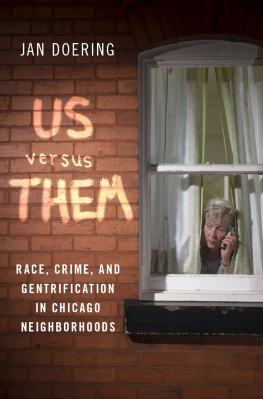
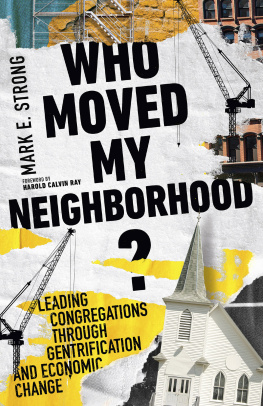
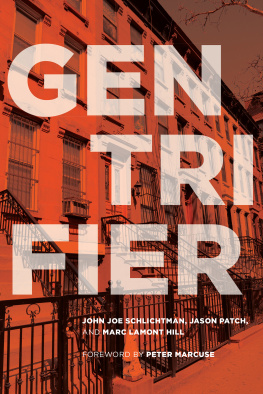
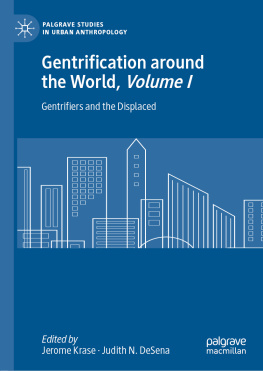

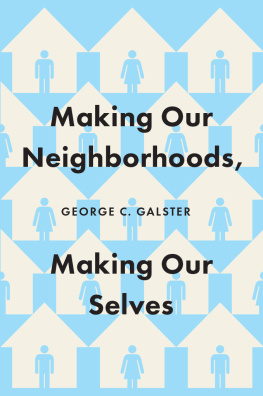

 The paper used in this publication meets the minimum requirements of the American National Standard for Information SciencesPermanence of Paper for Printed Library Materials, ANSI Z39.48-1992.
The paper used in this publication meets the minimum requirements of the American National Standard for Information SciencesPermanence of Paper for Printed Library Materials, ANSI Z39.48-1992.